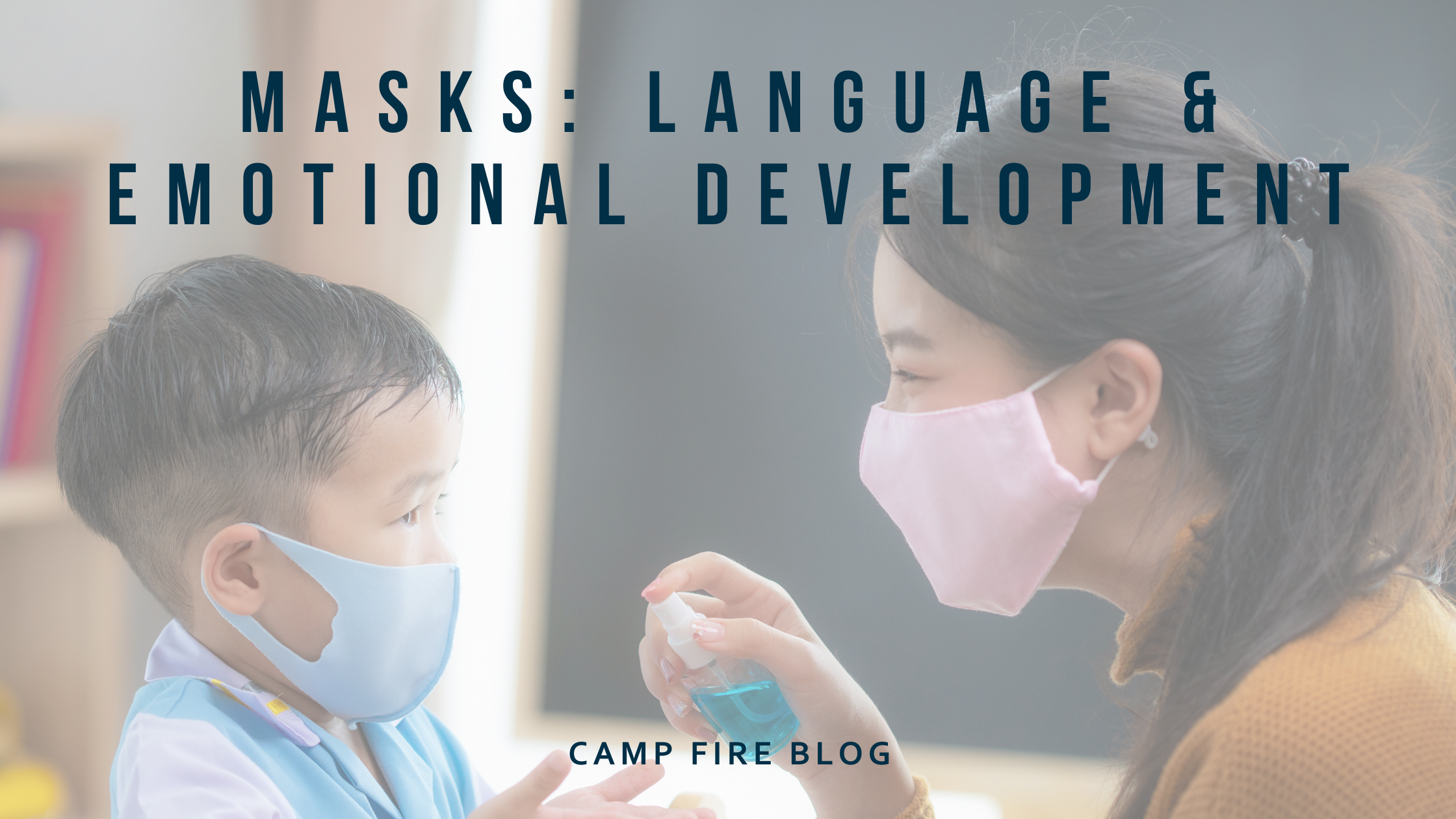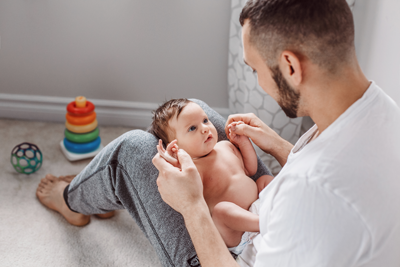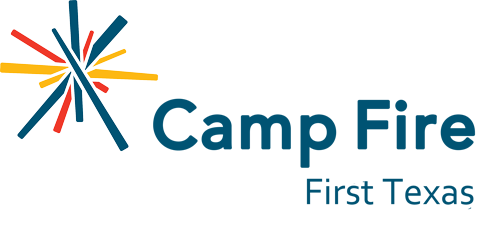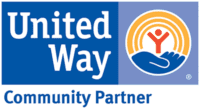
Contributor
JAN KATCHMAZENSKI
Child Development Specialist
As someone who works with teachers and early educators, I have frequently been asked, “Do masks interfere with language, speech and emotional development of young children?”
Well, this is no easy answer because the answer is, “It could, but possibly not long term.”
It has long been established by research that young children such as infant and toddlers must be able to see caregivers’ facial movements to learn language, speech and emotional development of facial recognition. For the last year, everyone, including early childhood professionals, has had to wear a mask – even when working with young children. So, what are the effects on children not being able to see the mouth movement either in saying words or facial expressions?
Babies start to babble by six months of age. When this happens, the infant starts watching facial movements. We also know from research that children are drawn more to caregivers who they can see those emotional expressions and see the motion of the mouth moving to make speech.
The consensus is that if the child has time with a caregiver in the home setting without a mask language, speech and emotional development will not be impaired or delayed.
This means, it is critical for parents/adults in the home to have uninterrupted time set aside every day for the infant/toddler to have back and forth conversations such as babbling with a caregiver. The caregiver will need to be unmasked so that the facial movements and direct eye contact is maintained at all times. Television cannot take the place of a human teacher for children to learn language. Research suggest that live social interactions make the difference for children to learn speech. Let us think about that for a minute. If your boss congratulates you for the steps you did leading to a successful project, are you likely to do the next project with the same steps? Yes, because it made you feel good, you liked the reaction your boss gave you. In much of the same way it is for young children learning new language. If the adult/caregiver is excited and happy the facial expression is going to show that to the child. The result will be the child is going to do the same action again to see if they get the same reaction from the caregiver.
In addition, books that have real people’s expressions can be used with the child to reinforce the recognition of expressions. While books are a great resource they should never be a substitute for the real thing. Caregivers are absolutely the best resource to help children to stay their developmental milestones.
So, while we know that masks do diminish some access to facial cues and learning, a bridge can be established through quality interactions in the home or with any kind of caregiver when not masked and when masks are required for safety, books are solid support.
Here are some tips for caregivers in the home to keep in mind when building rich language interactions and be sure to check out the resources below.
Resources:
Dewar, G. (2009-2020). The effect of television on learning to speak: Is it helpful or harmful. Parenting Science,
Kiass, P. (2020). Do masks impede children’s development? The New York Times.






